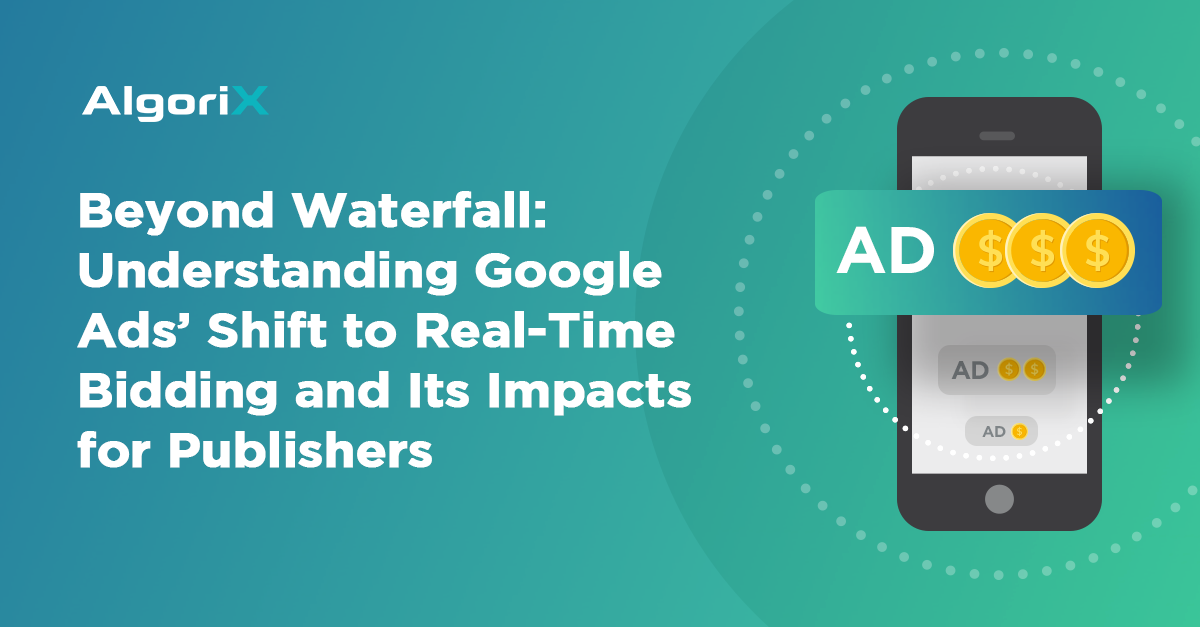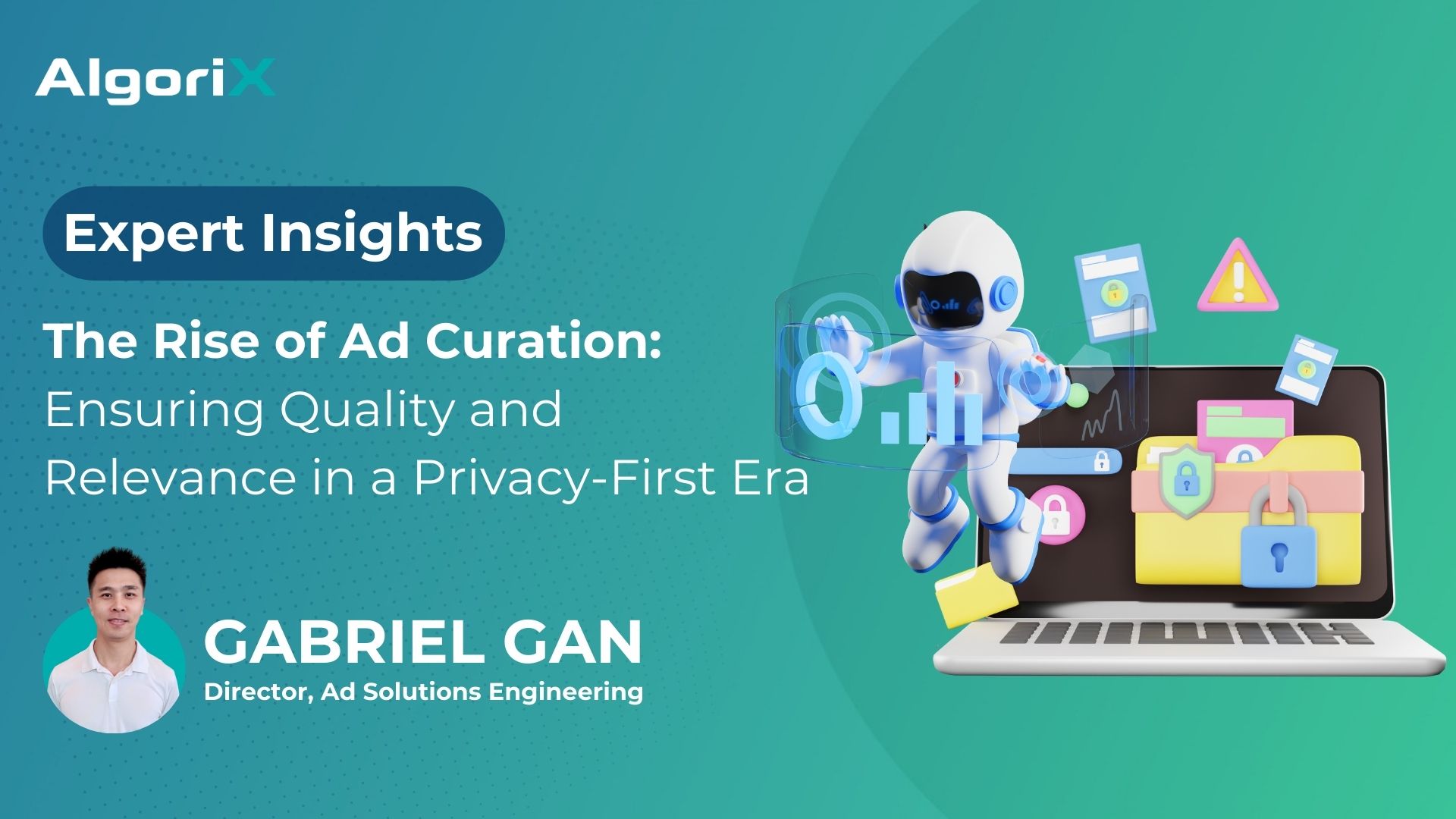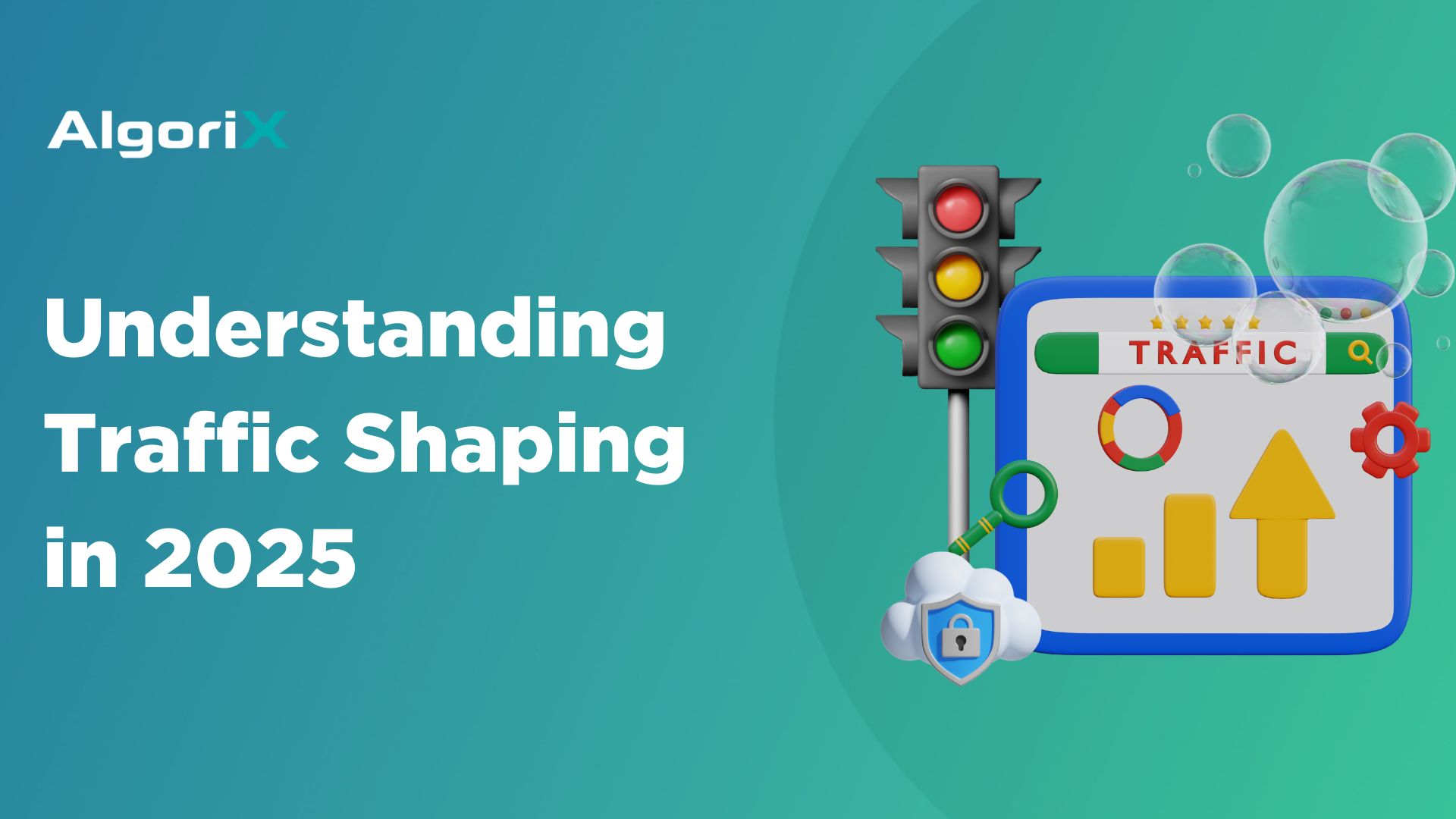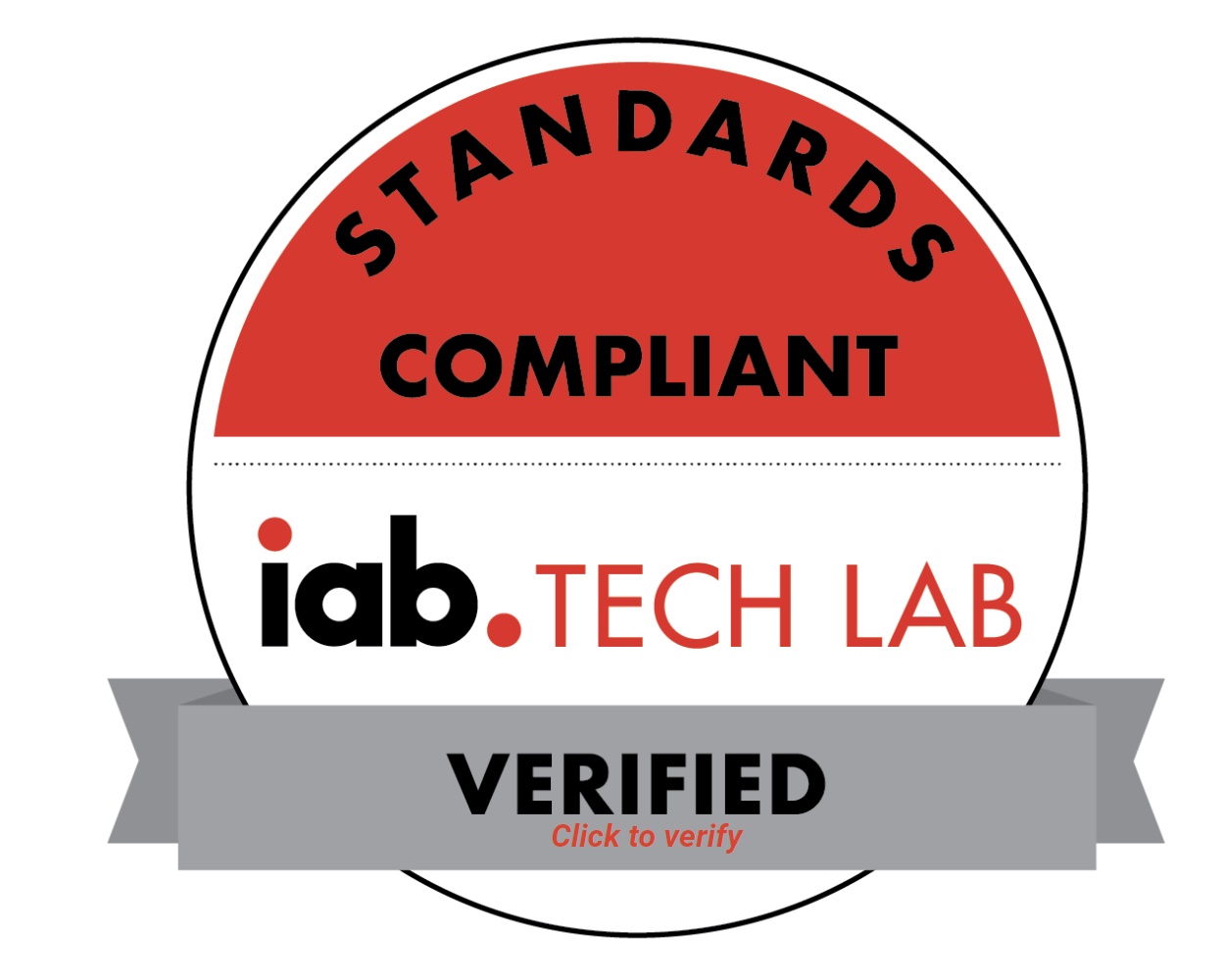Think about it: The digital marketplace has billions of transactions every millisecond. Publishers serve as the backbone, offering valuable digital real estate where advertisers can showcase their messages. This marketplace, however, is not static.
A significant transformation is underway, redefining how advertising spaces are bought and sold: Google’s shift from the traditional waterfall method to the dynamic realm of AdMob bidding.
Let’s dissect this new system further.
Google’s Move from Waterfall to AdMob Bidding
Google has transitioned from the waterfall method, a sequential bidding process, to a more dynamic and efficient unified auction system called AdMob bidding.
In the traditional waterfall method, advertisers receive ad inventory in a hierarchical sequence based on historical CPMs (Cost Per Mille). Often, this results in suboptimal revenue for publishers and lacks real-time competition.
AdMob bidding, on the other hand, introduces a real-time bidding environment where all advertisers compete for ad inventory simultaneously.
Studies and data reveal the potential impact of this shift. Publishers who transitioned to unified auction systems like AdMob bidding experienced a notable increase in their ad revenue. Some report up to a 20% uplift in CPMs. This is attributed to real-time competition among advertisers, ensuring that the highest bidder wins the ad spot, thus maximizing the ad inventory’s value.
Google’s own research suggests that publishers adopting unified auctions see an improvement in fill rates due to the broader pool of competing advertisers, further enhancing revenue potential.
Challenges for Publishers
While the transition to AdMob bidding offers numerous benefits, it presents several challenges for publishers:
-
Technological Integration: Upgrading platforms for compatibility with real-time bidding demands significant technical resources and expertise. This transition is not just procedural but requires a substantial investment, posing a challenge especially for smaller publishers with limited resources.
-
Strategic Shift: Publishers must adapt their strategies to a more dynamic advertising ecosystem. This includes monitoring pricing strategies and managing ad inventory more vigilantly.
-
Control Over eCPM: The shift to AdMob bidding brings an algorithmic control over eCPM, leading to its gradual reduction. Unlike the waterfall method, which allowed for the customization of multiple high-eCPM layers, the unified auction system compresses the eCPM range, often resulting in an overall decrease.
-
Revenue Volatility: This compression of eCPM values and the reliance on a singular revenue source introduce unpredictability in revenue streams. Publishers may face initial disruptions and require time to adjust and stabilize their revenue under this new system.
Strategic Recommendations for Publishers
Given this, what can advertisers do to reap the benefits of this transition?
Adopt and Adapt
Publishers must embrace the change and adapt their strategies to thrive in the new AdMob bidding environment. This includes investing in technology and skills development to effectively manage real-time bidding. Staying informed about the latest trends and best practices in the unified auction landscape will also be crucial for success.
Use Data Analytics
Leveraging data analytics is more critical than ever. Publishers should use advanced analytics tools to gain insights into inventory performance and bidding patterns. This data-driven approach will enable publishers to optimize their ad placements and increase ad revenue.
Diversify Demand Sources
In the unified auction environment ushered in by Google’s AdMob bidding, relying on a single demand source or ad network presents heightened risks for publishers. This new landscape demands a more nuanced approach to monetization, where diversification of demand sources becomes necessary for stability.
Engaging with various ad exchanges and demand-side platforms (DSPs) ensures a steady flow of competitive bids, enhancing revenue potential and mitigating the risk associated with dependency on any single source.
Publishers leveraging multiple demand partners may witness a significant uplift in their overall CPMs as competition for their ad inventory intensifies, driving up the value of each impression.
In this context, publishers should consider expanding their network of demand partners to include emerging and established players. Integrating AlgoriX as an additional demand source can be particularly beneficial for publishers looking to compensate for any potential losses from the transition to Google’s unified auction system.
Embrace the Unified Auction Environment
Google’s shift from waterfall to AdMob bidding represents a significant evolution. Despite the challenges, it allows publishers to maximize ad revenue through a more competitive and transparent bidding process.
By adopting and adapting, publishers can navigate the transition effectively and position themselves for success in the new advertising landscape.













